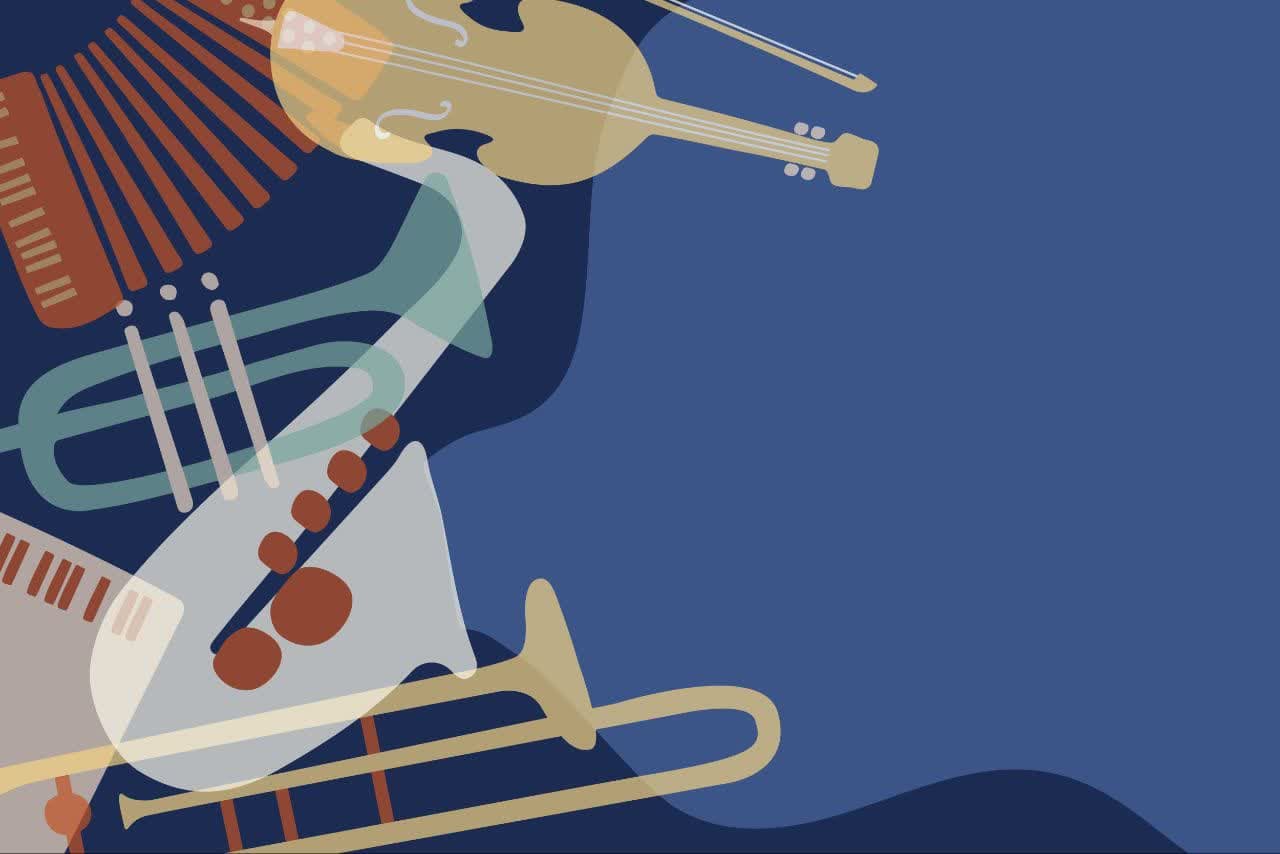Music and arts have always held a profound significance in human societies, transcending linguistic and cultural boundaries to touch the depths of our souls. From the haunting melody of a violin to the vibrant strokes of a painting, these forms of expression have the power to evoke a myriad of emotions and convey the complexities of the human experience.
The Power of Music
Music, in its various forms, has a universal appeal that speaks directly to our emotions. Whether it’s the uplifting rhythm of a dance track or the melancholic strains of a ballad, music has the ability to resonate with our innermost feelings, eliciting joy, sadness, excitement, or nostalgia. Beyond mere entertainment, music has therapeutic benefits, with studies showing its ability to reduce stress, alleviate anxiety, and even enhance cognitive function. The emotional resonance of music lies in its ability to tap into the deepest recesses of our psyche, offering solace and comfort in times of need.
The Art of Visual Expression
Similarly, visual arts have a profound impact on our emotional state, stimulating our senses and provoking thought and reflection. Paintings, sculptures, and other forms of visual art have the power to capture the sublime beauty of nature, the depths of human emotion, or the complexities of the human condition. Through the use of color, form, and composition, artists are able to evoke a wide range of emotions in their viewers, inviting them to explore and interpret the world around them in new and profound ways. Visual arts not only stimulate our imagination but also serve as a mirror reflecting our innermost thoughts and feelings back to us.
Connecting with Others
One of the most powerful aspects of music and arts is their ability to connect us with others on a deeply emotional level. Shared experiences of music concerts, art exhibitions, or theatrical performances create bonds that transcend language and cultural barriers, fostering empathy, understanding, and a sense of community. Through the shared enjoyment of music and arts, individuals from diverse backgrounds are able to come together, celebrate their differences, and find common ground in their shared humanity.
Music and Arts in Society
In society, music and arts play a vital role in shaping cultural identity, preserving heritage, and promoting social change. They serve as a reflection of the values, beliefs, and aspirations of a community, offering insights into its collective psyche and worldview. Moreover, music and arts have the power to serve as vehicles for social commentary and activism, challenging societal norms, raising awareness about pressing issues, and inspiring change. In times of crisis, music and arts have the ability to promote healing and resilience, offering a source of comfort, inspiration, and hope to individuals and communities alike.
Music and Arts in Different Religions
Art and music hold a revered place in the religious practices of diverse cultures and faith traditions around the world. In Christianity, religious art has been a prominent feature since the early days of the faith, with iconic images of saints, biblical scenes, and depictions of Christ adorning churches and cathedrals. From the intricate mosaics of Byzantine churches to the towering stained glass windows of Gothic cathedrals, Christian art has served to inspire devotion and awe among believers, conveying the stories and teachings of the Bible in visual form. Similarly, music has played a central role in Christian worship, with hymns, chants, and liturgical music enriching the spiritual experience of worshippers and fostering a sense of reverence and connection with the divine.
In Islam, art and music are approached with a deep reverence for the divine. Islamic art is characterized by intricate geometric patterns, arabesques, and calligraphy, often adorned with verses from the Quran. This art form serves not only as a means of decoration but also as a reflection of the beauty and harmony inherent in the Islamic faith. Islamic music, while more restrained compared to other traditions, includes devotional chants, recitations of the Quran, and instrumental music played during religious ceremonies and festivals. Both art and music in Islam are seen as expressions of devotion and spiritual contemplation, inviting believers to reflect on the majesty and mystery of Allah.
Hinduism, with its rich pantheon of deities and mythological stories, boasts a vibrant tradition of art and music. Hindu temples are adorned with intricate carvings and sculptures depicting gods, goddesses, and scenes from Hindu mythology, serving as sacred spaces for worship and contemplation. Traditional Hindu music includes devotional songs, known as bhajans, as well as classical forms such as Carnatic and Hindustani music. These musical traditions are deeply intertwined with Hindu rituals and ceremonies, enhancing the spiritual atmosphere and inviting worshippers to connect with the divine through sound and song.
Buddhism, with its emphasis on meditation and mindfulness, also incorporates art and music into its religious practices. Buddhist art often features images of the Buddha, bodhisattvas, and other enlightened beings, as well as intricate mandalas and thangka paintings that serve as aids to meditation and contemplation. Buddhist music includes chants, hymns, and ceremonial music performed during rituals and meditation sessions, creating a serene and tranquil atmosphere conducive to spiritual reflection and inner peace. In all these diverse religious traditions, art and music serve as powerful means of spiritual expression, fostering a deep connection between believers and the divine.
Conclusion
In conclusion, music and arts are not merely forms of entertainment or expression but are powerful mediums through which we navigate the complexities of the human experience. They serve as the universal language of emotions, offering solace, inspiration, and connection in a world often fraught with uncertainty and discord. As we continue to embrace the transformative power of music and arts in our lives, let us celebrate their ability to transcend boundaries, foster understanding, and enrich our collective human experience.

